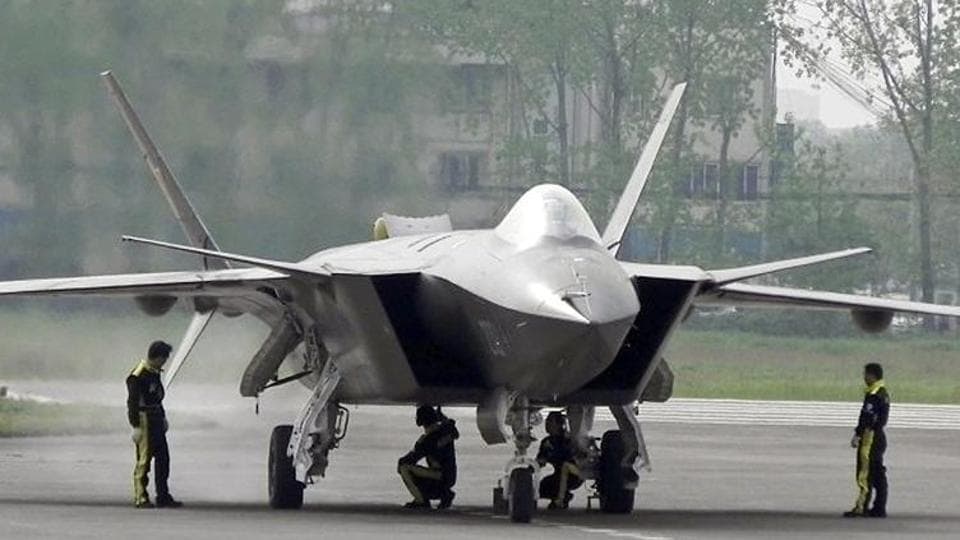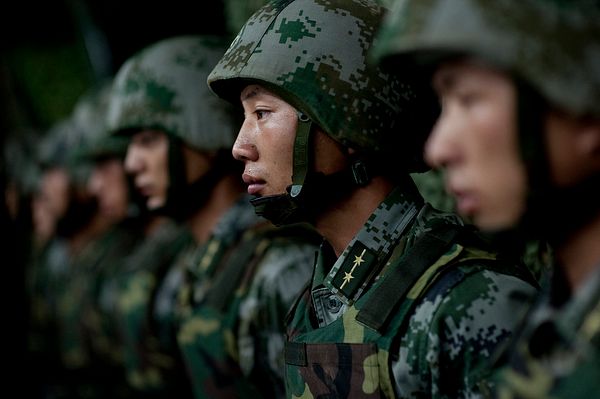Admiral Beez
Major
Through better coordination/communication between RAF and RN along with the help of the Type 281 radar on HMS Prince of Wales (effective to 20 km), the RAF tears apart the unescorted Nells and Bettys that attacked Force Z on Dec 10th, resulting in no or minor damage of Force Z.
10:00 - 9 x Nell conduct level attack with bombs
11:40 - 17 x Nell torpedo bombers attack
12:20 - 26 x Betty torpedo bombers attack
12:41 - ?? x level bombers attack
You can't stop this attack over three hours with ten Buffaloes. How do we realistically have the RAF save Force Z? Could the Blenheim fighters be useful?
And now what? Phillips' ships are unscathed, but they must now fight on or flee. But to where, Repulse is very short ranged. Back to Singapore for a quick refuel?
10:00 - 9 x Nell conduct level attack with bombs
11:40 - 17 x Nell torpedo bombers attack
12:20 - 26 x Betty torpedo bombers attack
12:41 - ?? x level bombers attack
You can't stop this attack over three hours with ten Buffaloes. How do we realistically have the RAF save Force Z? Could the Blenheim fighters be useful?
And now what? Phillips' ships are unscathed, but they must now fight on or flee. But to where, Repulse is very short ranged. Back to Singapore for a quick refuel?
Last edited:



